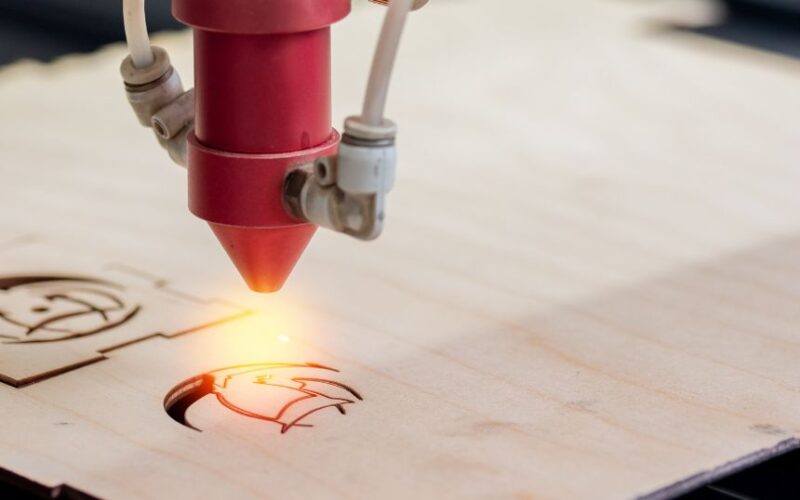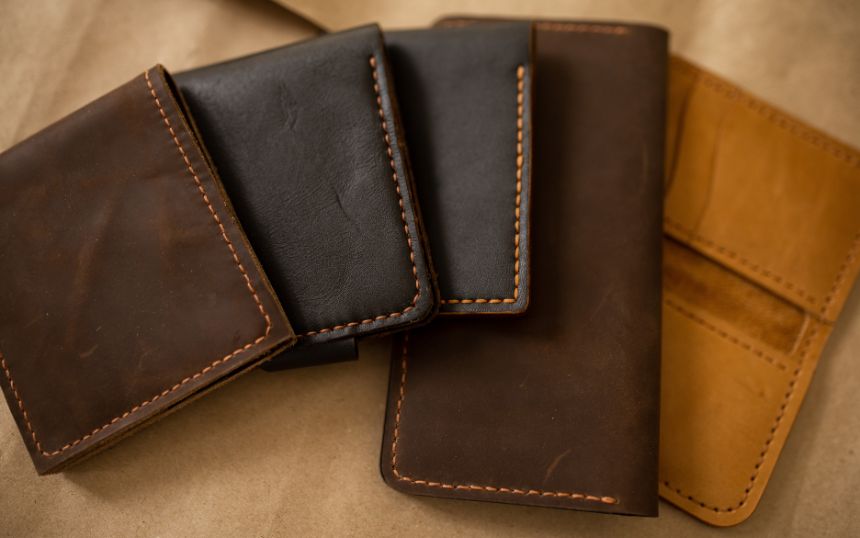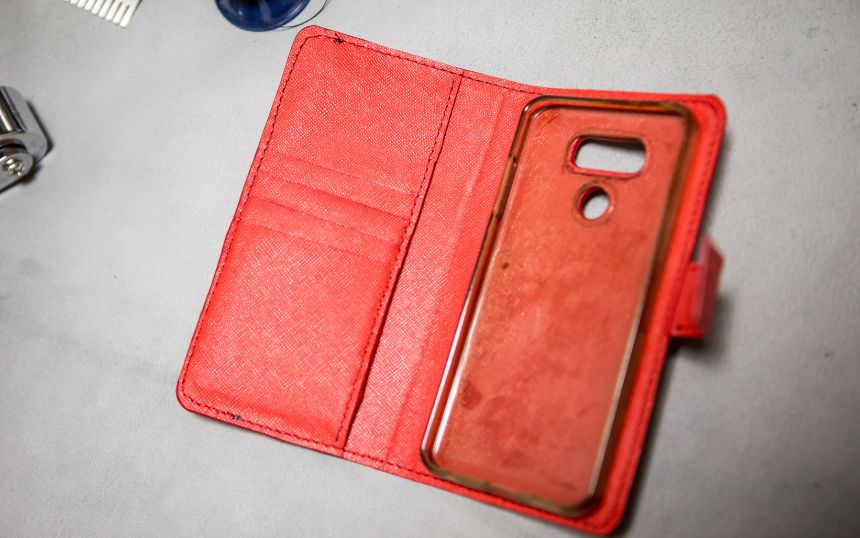How to Attach an Embroidered Patch to Clothing

Patching a hole in old clothes is one of the easiest ways to repair them. But if you're looking for more than just a quick fix, then sewing an embroidered patch onto clothing can be a great way to spice up your wardrobe! It's surprisingly easy and only requires some simple sewing skills. This article will teach you how to attach an embroidered patch using three different methods.
Embroidered Patch
A cloth badge, also known as an embroidered patch, refers to a piece of fabric that has been embellished with thread. The tradition of embroidered patches dated back to the 19th century and was initially done by hand. Embroidered patches are typically attached using a Shiffli-embroidery machine dating back to the 1920s. The use of high-speed, computerized machines in traditionally low-tech industries has led to mass production. Many online patch stores are available from where you can buy these patches and they will be delivered to your doorstep.
There are many methods for affixing the embroidered patch to the fabric. A circular embroidered patch can be attached with a pin, sewn on, or affixed with more modern iron-on adhesive and Velcro backing methods.
Methods to Apply Embroidered Patch
Velcro Backing
Patches come with a removable adhesive back, which can be attached to the fabric. Preparing the surface supersedes any particular application method. To use a Peel and Stick Patch, start with materials that have a dry, clean surface. Leather should be clean with a good quality leather cleaner according to the manufacturer's instructions, and all other materials should be washed or cleaned according to the manufacturers' directions.
Attaching embroidered patches to your clothing will require that you consider where it will look good on or in the garment and evaluate its features like retro-reflectivity. When it comes time to decide on a final position, be sure you hold the patch in place with something other than your fingers. First, peel the backing off of the patch. Be careful not to touch the sticky side and place it in your desired location. Firmly press the embroidered patch over the entirety of its surface for optimum, tight adhesion. Generally, patches will attach more quickly in warmer conditions because the fibers expand. When applying a patch to the chosen material, please do not use your thumbs or fingernails to peel any part of it off.
Peeling off the backing of a patch and sticking it on your clothes provides instant gratification while also providing the desired retro-reflective properties. One patch seller report that peeled and stuck patches on jackets have survived 1,000 miles of motorcycle riding at highway speeds. You must check the adhesion regularly. Smaller designs often have curves, points, and edges that may require sewing for the attachments to last.
Iron On Patches
Proper technique for ironing a patch to your shirt is not complicated, but you need to do it, right?
To ensure the patch stays intact after several washes, you'll need to use a bonding agent (Stitch Witchery). One of the best ways to sew on an embroidered patch, step by step instructions for getting it right, and then be sure your patches will last.
Methods for attaching patches to clothing vary depending on the item, and not all of these methods work for every material. Make sure you go through the instructions at the patch store to have an idea about the material and the way to iron it. It is essential to ensure you check the fabric of your garment before beginning, as it affects how the patch can be attached. The type of material you use with iron-on patches depends on the weight. For a lighter fabric, like cotton, it should be alright to apply them without any added weight. Heavy denim is more difficult and will require some other means for the patch to stay put while washing.
It is essential to match the weight of your patch with that of your garment. Always verify this before you select the patch you want to fix on your clothing.
Hand sewing Method
The process for attaching embroidered patches is simple and easy to follow whether you are using your hand. Follow these instructions to sew the patch using your hands.
If you want to sew the patch right on, you don't need any adhesive or other materials. It may also be helpful to store the garment with the patch and any fabric you used for stabilizing in a plastic bag. Place your patch in the desired location, and ensure you wash and dry it before stitching the patch. The hand sewing method is one of the old methods of attaching patches.
This method is a little more complicated than the others, but it's worth doing if you have an expensive garment that needs a quick fix or sewing with some other material besides fabric and wants to avoid stitching on top of your patch. This process involves cutting excess threads away from both sides of the seams where the embroidered patch will be attached. The next step would be making small holes in one side of the seam allowance, generally about two inches apart, and then stabbing them through until they intersect at their corresponding hole on the opposite sides.
Conclusion
If you're looking for a quick and easy way to get your logo or other design on clothing, patches are one of the easiest ways. We'll show you how to attach an embroidered patch in just three steps! Once it's done, make sure you take care of it by washing the garment inside out with cold water and tumble dry low. You will need iron as well but don't use steam because that can damage your print job. Now have fun creating unique designs!





